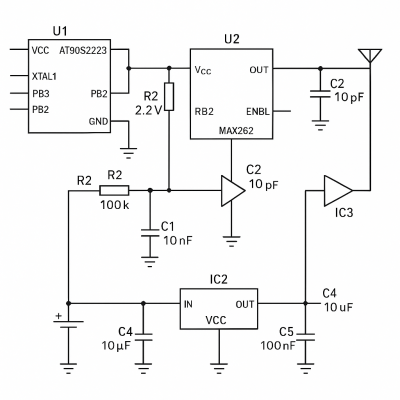A summer villa should be a safe haven from the hustle and bustle of the city, but when your neighbor’s musical taste runs counter to your aesthetics and the volume is enough to shake the entire community, this ideal oasis of tranquility instantly becomes a battlefield of sound. This is not a simple dispute over volume, but a deep-seated conflict of lifestyles – when the FM radio keeps playing pop music that you think is “vulgar” and penetrates the wall and invades your private space endlessly, the urge to seek a solution becomes irresistible.
Class metaphors and social boundaries of musical taste
Musical preference is never just a matter of personal taste, it carries complex sociological significance. French sociologist Bourdieu pointed out in “Distinction” that cultural consumption (including musical taste) is an invisible sign of social class. The conflict of musical styles in the villa area may essentially be an invisible contest between different cultural capital holders.
The reason why your neighbor’s loud pop music makes you irritated is partly because it forcibly breaks the “soundscape” you have carefully maintained. This concept, coined by Canadian composer R. Murray Schafer, describes the unique combination of sounds in each environment, and intrusive music disrupts your expected villa soundscape – it may be birdsong, rustling leaves or the sound of distant waves.
On a deeper level, this conflict reflects the blurred boundaries between public and private space in modern society. When outdoor space becomes a showcase for private musical tastes, other people’s private spaces inevitably become passive reception areas. German philosopher Habermas’s theory of “public sphere” is particularly relevant here – how do we negotiate the boundaries of personal expression in shared space?
FM radio jammer: a dilemma of technological solutions
Because direct communication is difficult and ineffective, some villa owners have begun to turn to “technological revenge” strategies, the most common of which is FM radio jammers. The principle of this device is simple: quietly place a device on your terrace to emit a weak interference signal to a specific frequency band, making it impossible for the neighbor’s radio to receive FM broadcasts normally.
The Internet is indeed full of various DIY jammer circuit diagrams, from simple transistor oscillators to more complex PLL (phase-locked loop) systems. A typical simple design might include:
- Varactor diodes to adjust the frequency
- Oscillator composed of transistors or FETs
- Simple antenna systems
- Basic power management circuits
However, these homemade jammers face multiple practical challenges. First, the effect is difficult to guarantee – many circuit diagrams circulating on the Internet have never been rigorously tested, and the slightest deviation in component parameters may lead to complete failure. Second, the effective range is usually very small, and home-grade devices may only cover a few meters, far from enough to affect the neighbor’s outdoor sound system.
The temptation to buy a jammer reflects a broader modern dilemma: when technological capabilities exceed social norms, how should we deal with ourselves? We live in an era where technological solutions are readily available, from blocking Wi-Fi to jamming drones, technology has given individuals unprecedented “self-defense” capabilities.
Conclusion: Where is the boundary of musical freedom?
Music is a manifestation of beauty and an expression of culture. It should not be the source of conflict, but in real life, it increasingly plays the role of a “dividing line”. The music war in the villa area is actually a microcosm of the problem of “individual freedom” and “group coexistence” in modern society.
Perhaps we should all rethink a question: Has my freedom surpassed the tranquility of others? In this era where everyone wears headphones but still interferes with each other, respecting “other people’s space” may be the most scarce courtesy.


